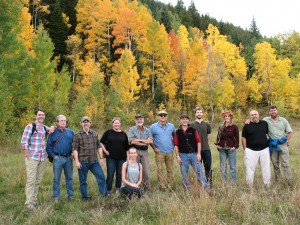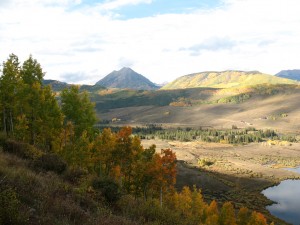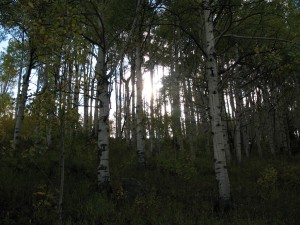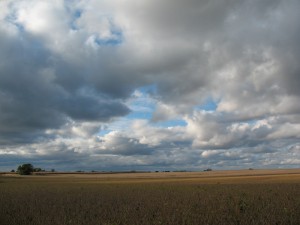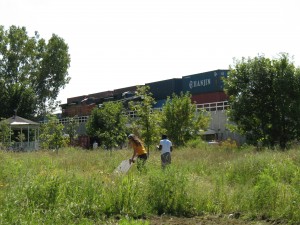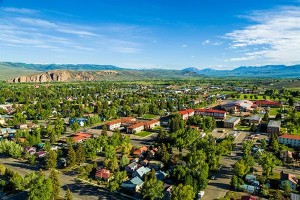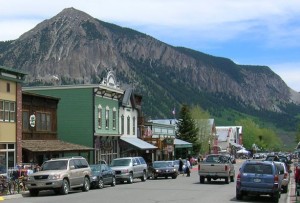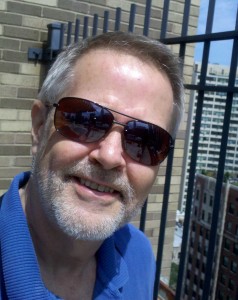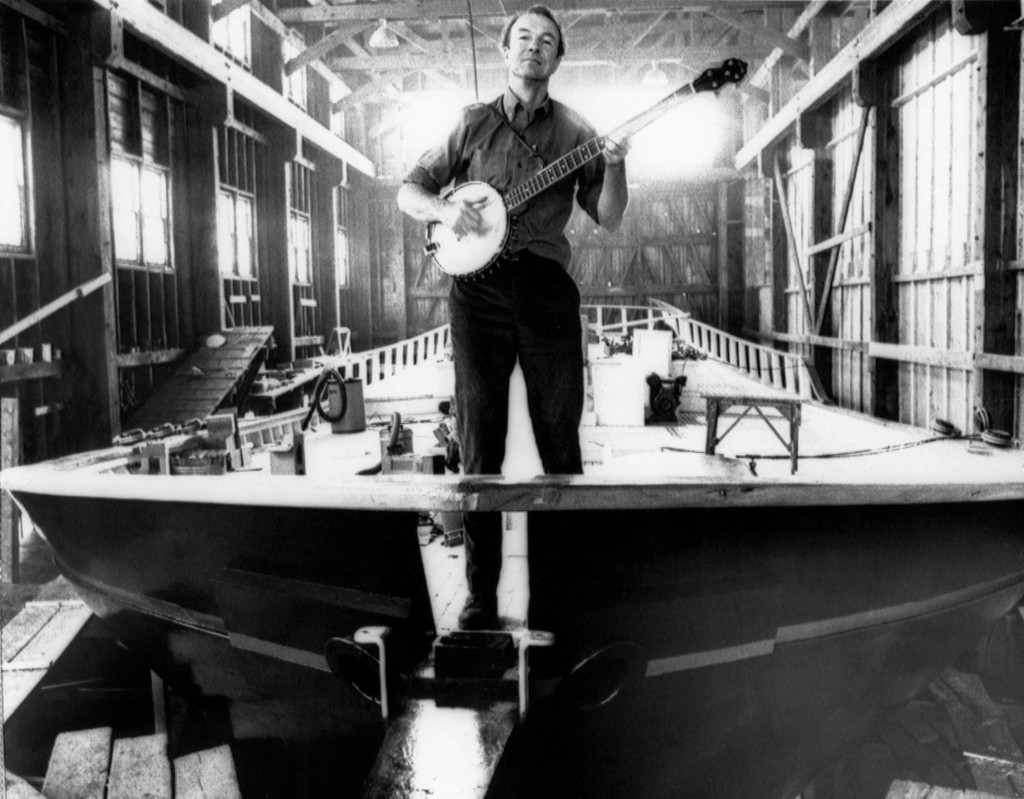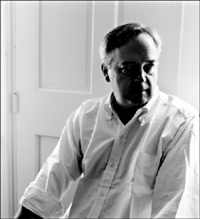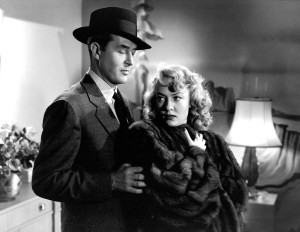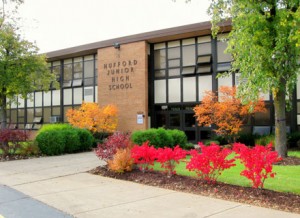Here in my hometown of Joliet IL, we have several architectural gems in the old downtown along the east bank of the Des Plaines River. Prominent among these is the acclaimed Rialto Theatre, which I’ve written about previously in my stint as a citizen journalist for the Joliet Herald-News.

Often referred to as the “Jewel of Joliet,” the Rialto is one of the most ornate and fantastically splendid theaters in the US that dates from the golden age of movie and vaudeville house construction in the 1920s. It is an inseparable part of Joliet’s civic identity — not to mention one of the things that kept the struggling downtown district from withering away in the post-industrial era.
Given this history, it’s shocking but probably not surprising that when the Rialto was only about 50+ years old, it was nearly demolished to put in a one-square-block parking lot in the late 1970s (a dark time indeed in Joliet’s history when unemployment in the city reached 25%). Fortunately, this travesty of architectural desecration did not happen. This excellent story by Bob Okon of the Herald-News explains why.
Dorothy Mavrich, Credited with Saving Rialto, Dies
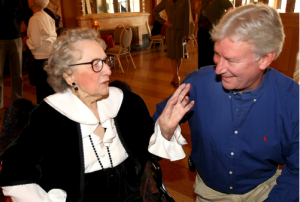
JOLIET – Dorothy Mavrich, who led a grassroots effort to save the Rialto Square Theatre from demolition, died Tuesday afternoon.
Mavrich, 94, decided at a point in the 1970s when the Rialto, now called the “Jewel of Joliet,” appeared headed for demolition that the theater should be saved.
She stood on street corners with a can to collect money and raise awareness, led fundraisers, and persisted in pursuing the Rialto owners to the point that one labeled her a “crackpot.”
Some over the years have disputed whether she got more credit for saving the Rialto than deserved, pointing to former state Rep. LeRoy Van Duyne’s influence in bringing in state money to ultimately close the deal.
But Mavrich is widely seen as the leader of the cause and the person most responsible for preserving the Rialto.
“There’s no doubt that she started the groundswell, the grassroots effort to save the place,” said James Smith, chairman of the Will County Metropolitan Exposition and Auditorium Authority that oversees the Rialto.
“She was a little lady with big ideas,” said Lynne Lichtenauer, a longtime friend who joined the cause early and later became executive director at the Rialto. “If it were not for Dorothy, the Rialto Square Theatre would not be on Chicago Street.”
Lichtenauer was with Mavrich when she died at the Joliet Area Community Hospice home. Mavrich had a stroke last week, Lichtenauer said.
She noted that Mavrich not only worked to save the Rialto, but later led the creation of the Cultural Arts Council of the Joliet Area, which provided more than $400,000 in local funding for the arts.
Mavrich was a piano teacher for 50 years. She taught at the old Joliet Conservatory of Music, located across the street from the Rialto. She told The Herald-News that she was at a concert listening to the Rialto pipe organ when she was inspired to save the theater.
“I thought, ‘My God, I can’t believe they’re going to tear this down for a parking garage,'” she told The Herald-News in 2013 as she was about to receive an award from the Joliet Area Historical Museum.
Mavrich’s persistence was evident in a story about her insistence on seeing Robert Rubens of the Rubens family, which owned the Rialto and whose name is on the sign today. Lichtenauer said Mavrich finally walked into Rubens office when there was no secretary to keep her out.
“She said, ‘I’m Dorothy Mavrich.’ He said, ‘You’re the crackpot everybody keeps telling me about,'” Lichtenauer said.
Eventually Rubens gave his blessing to Mavrich’s preservation effort, Lichtenauer said. And she later helped get the Rubens name back on the Rialto sign.
Mavrich loved telling the story, said Smith, who heard it many times himself.
“She was such a diminutive little lady,” Smith said, “but she was a powerful person.”
The Rialto Square Theatre Foundation, the organization that raises money to support the theater today, issued a statement saying, “Our community has lost a guiding light – Dorothy Mavrich, the lady who saved the Rialto.”
